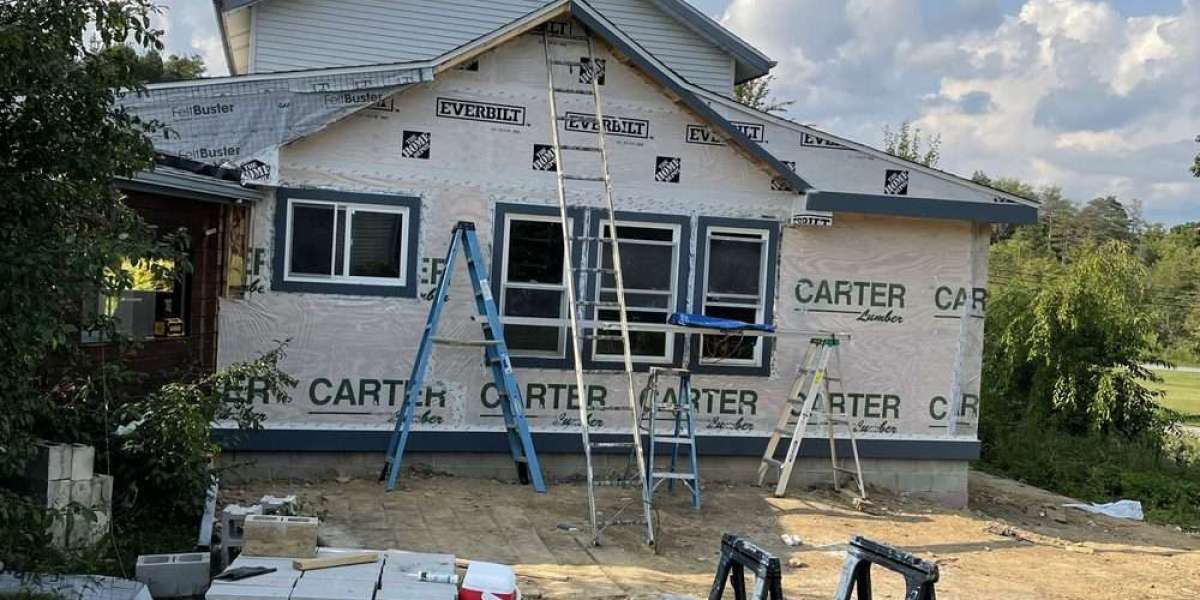Introduction
The realm of animation has evolved tremendously, transitioning from simple flipbooks to sophisticated digital animations. In this journey, explainer videos have emerged as a powerful tool for businesses to communicate complex ideas simply and engagingly. Creating an effective explainer video requires more than just technical skills; it demands an understanding of the principles that make animation fluid and realistic. This article delves into these key principles, offering insights from expert explainer video agencies on how to master the art of fluid motion.
Understanding Fluid Motion in Animation
Fluid motion in animation refers to the seamless and natural movement of objects and characters, mimicking real-world dynamics. Achieving this requires an in-depth understanding of several foundational principles of animation. These principles, first articulated by Disney animators in the 1930s, continue to serve as the bedrock for animators today.
1. Squash and Stretch
Squash and stretch give a sense of weight and flexibility to objects. It is a crucial principle in making animations appear more life-like. For instance, when a ball bounces, it squashes upon impact and stretches when in motion. This principle applies to character animation as well, where the muscles and skin exhibit stretch and squash, enhancing realism.
2. Anticipation
Anticipation prepares the audience for an action that is about to occur. It involves creating a preparatory movement before the main action. For example, before a character jumps, they might crouch down. This principle not only makes the motion more believable but also engages the audience, making the animation more dynamic.
3. Staging
Staging involves the presentation of an idea so that it is unmistakably clear. This principle is about directing the viewer’s attention to the most important aspect of a scene. Expert explainer video agency, this could mean using visual cues and positioning elements strategically to emphasize key messages.
4. Straight Ahead Action and Pose to Pose
These are two approaches to creating animation. Straight ahead action involves drawing each frame sequentially from start to finish, resulting in fluid and dynamic motion. Pose to pose, on the other hand, involves creating key poses first and then filling in the in-between frames. Combining these techniques allows animators to achieve both fluidity and clarity in motion.
5. Follow Through and Overlapping Action
Follow through refers to the parts of an object or character that continue to move after the main action has stopped. Overlapping action is the offset between the timing of different parts of the body. These principles help in achieving more realistic motion by accounting for inertia and the natural flow of movement.
6. Slow In and Slow Out
This principle is about accelerating and decelerating movement to make it more natural. Objects do not start or stop abruptly; they gradually build up speed and slow down. This gradual transition adds realism to animations, making them smoother and more pleasing to the eye.
7. Arcs
Most natural movements follow an arc rather than a straight line. Incorporating arcs into animation makes the motion more organic. For instance, a swinging arm or a bouncing ball typically moves along an arched path, contributing to a more fluid motion.
8. Secondary Action
Secondary actions support the main action, adding depth and complexity to the animation. For example, if a character is running, their hair and clothing might move to complement the primary motion. These subtle actions enhance realism and make the scene more immersive.
9. Timing
Timing refers to the number of frames between two poses. Proper timing ensures that the motion appears believable. For instance, a fast action like a punch will have fewer frames compared to a slow action like a stretch. Mastering timing is crucial for creating realistic animations.
10. Exaggeration
Exaggeration is about amplifying actions and emotions to make them more apparent. In animation, slightly exaggerated movements often appear more realistic than strictly accurate ones. This principle helps in conveying emotions and actions more vividly, enhancing the overall impact.
11. Solid Drawing
Solid drawing ensures that characters and objects have volume and weight, making them appear three-dimensional. This principle is about understanding anatomy, weight, and balance, ensuring that the animated elements move convincingly within the space.
12. Appeal
Appeal refers to the attractiveness of the animated characters and elements. Characters with appeal are engaging and relatable, capturing the audience’s attention. This principle is vital in explainer videos, where the goal is to keep the viewer interested and invested in the content.
Implementing Principles in Explainer Videos
Expert explainer video agencies meticulously implement these principles to create animations that are not only visually appealing but also effective in conveying messages. Here are some practical applications:
Crafting Engaging Narratives
An effective explainer video starts with a strong narrative. Agencies use staging and anticipation to set up the story, ensuring that each scene flows logically and keeps the audience engaged. By directing the viewer’s attention through careful staging, the key message remains clear and impactful.
Dynamic Character Animation
Characters are central to many explainer videos. Agencies apply squash and stretch, follow through, and secondary action to breathe life into characters. These principles ensure that characters move naturally and expressively, making them more relatable and engaging.
Seamless Transitions
Smooth transitions are critical in maintaining viewer engagement. Principles like slow in and slow out, and arcs are employed to create transitions that are fluid and unobtrusive. This keeps the viewer’s attention focused on the narrative without being distracted by jarring cuts.
Enhancing Visual Appeal
To make explainer videos visually appealing, agencies use exaggeration and solid drawing. Exaggeration ensures that key actions and emotions are clearly conveyed, while solid drawing provides a sense of depth and realism. Together, these principles make the video more captivating and enjoyable.
Effective Timing
Timing is everything in animation. Expert agencies understand the importance of timing in creating realistic motion. By carefully planning the timing of each action, they ensure that the animation feels natural and maintains a consistent pace, keeping the audience engaged throughout.
Tools and Techniques for Smooth Animation
Expert explainer video agencies leverage advanced tools and techniques to bring their animations to life. Here are some key tools and methods:
Software
Professional animators use software like Adobe After Effects, Toon Boom Harmony, and Blender to create high-quality animations. These tools offer advanced features for manipulating timing, motion paths, and transitions, enabling animators to achieve smooth and realistic motion.
Motion Capture
Motion capture technology allows animators to record real human movements and apply them to digital characters. This technique ensures that animations are highly realistic, capturing the nuances of human motion that are difficult to replicate manually.
Rigging
Rigging involves creating a digital skeleton for characters, allowing for more precise and controlled movements. Expert agencies use sophisticated rigging techniques to ensure that characters move naturally and fluidly, enhancing the realism of the animation.
Frame-by-Frame Animation
While software and technology play a significant role, frame-by-frame animation remains a fundamental technique. Expert animators meticulously draw each frame, ensuring that every movement is carefully crafted for smooth and realistic motion.
Case Studies: Success Stories from Expert Agencies
Dropbox
Dropbox’s explainer video is a classic example of effective animation. The video uses simple, yet engaging animations to explain how the service works. The use of anticipation, staging, and timing ensures that the message is clear and the animation flows smoothly, making it easy for viewers to understand and retain the information.
Dollar Shave Club
Dollar Shave Club’s explainer video is renowned for its humor and engaging narrative. The video employs exaggeration and secondary action to enhance the comedic effect, while solid drawing and appeal ensure that the characters are relatable and memorable. The result is an explainer video that not only informs but also entertains.
Crazy Egg
Crazy Egg’s explainer video effectively uses the principles of animation to break down complex information into an easy-to-understand format. The video uses follow through and overlapping action to ensure that the motion is fluid, while effective staging and timing keep the viewer’s attention focused on the key points.
Conclusion
Creating smooth and realistic animation is an art that requires a deep understanding of key principles and the expertise to implement them effectively. Expert explainer video agencies excel in this art, leveraging advanced tools and techniques to produce animations that are not only visually appealing but also highly effective in conveying messages. By mastering principles like squash and stretch, anticipation, and timing, these agencies ensure that their explainer videos engage, inform, and entertain their audience, setting a benchmark for excellence in the world of animation.








